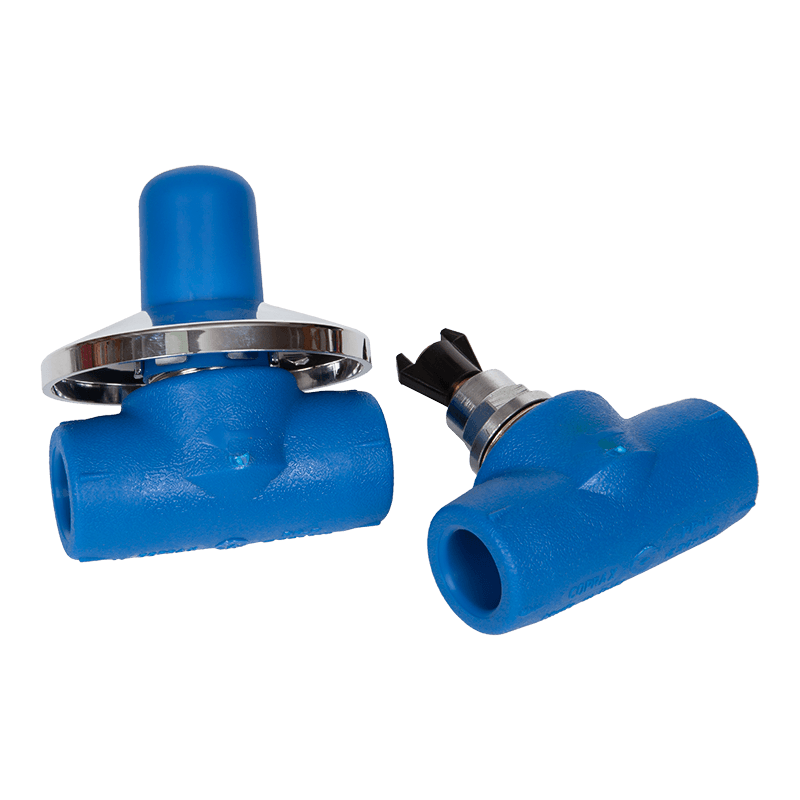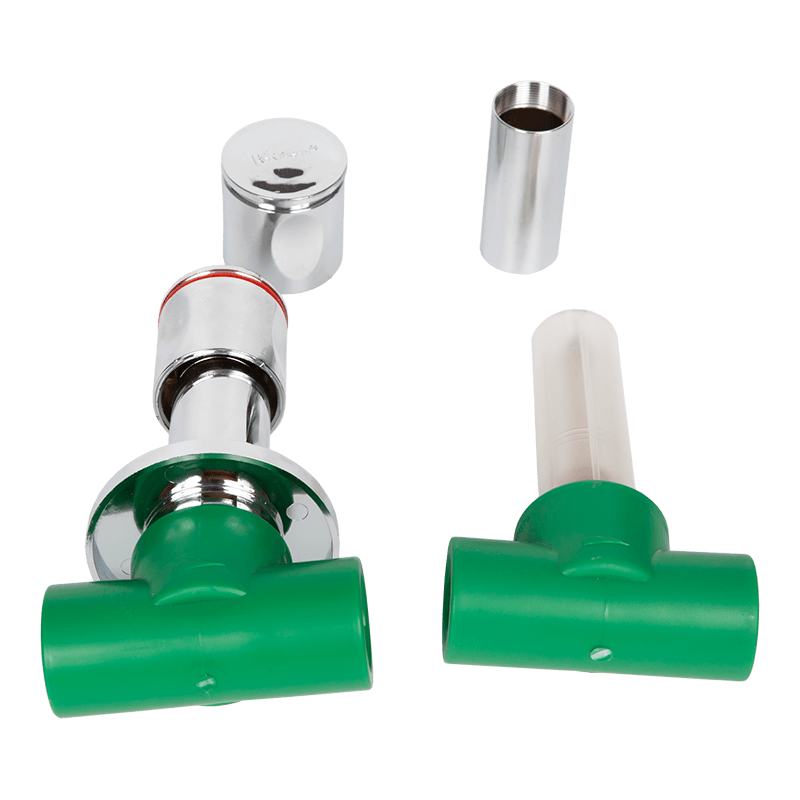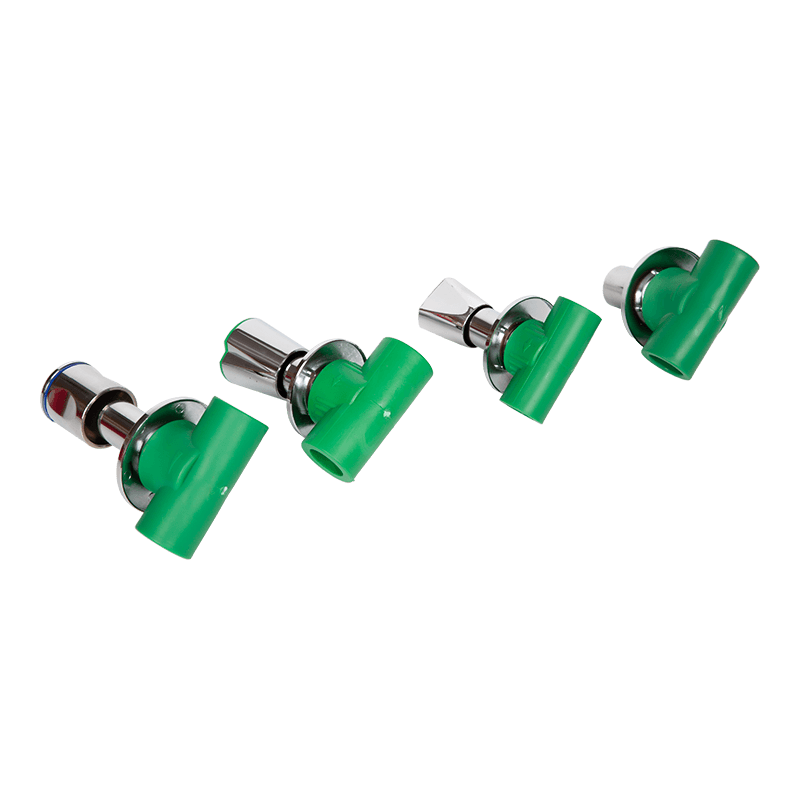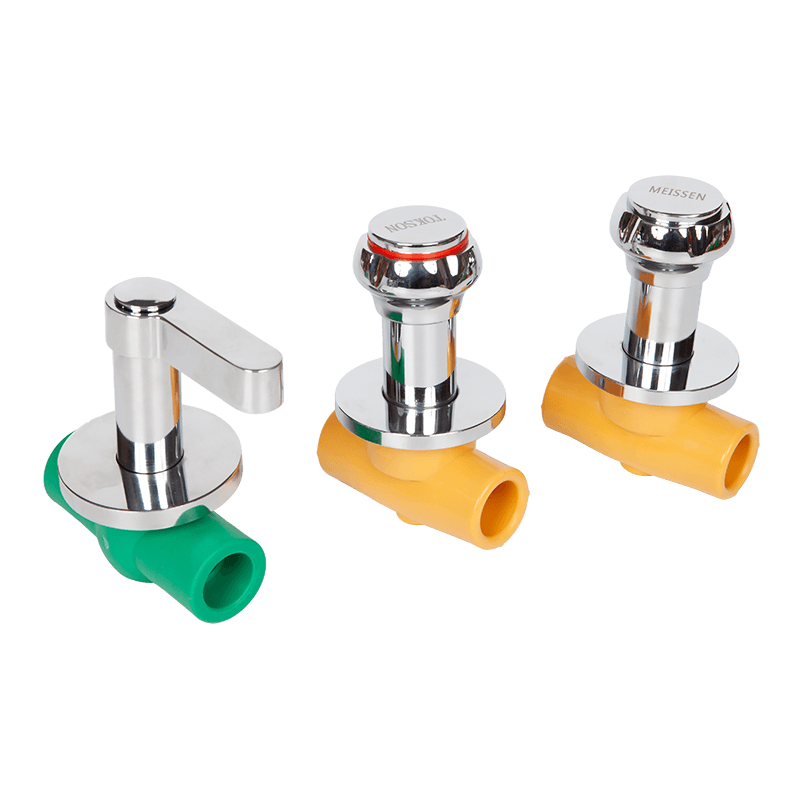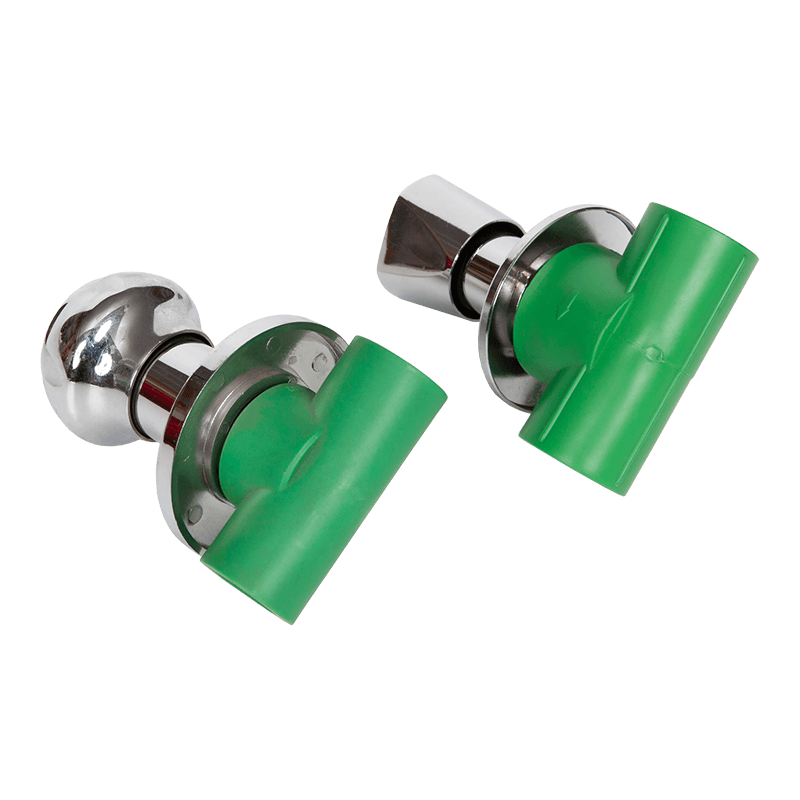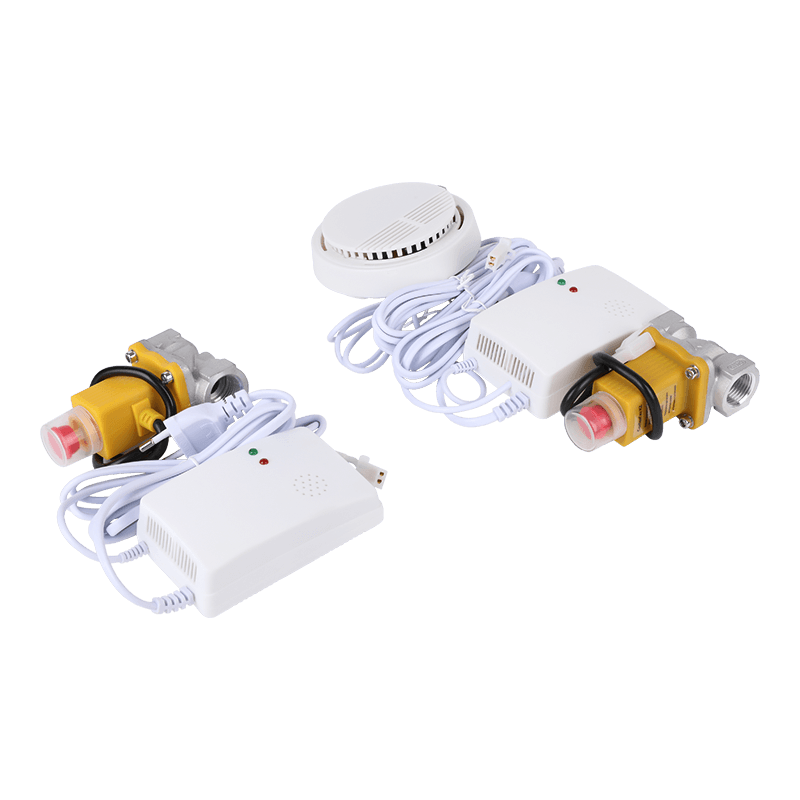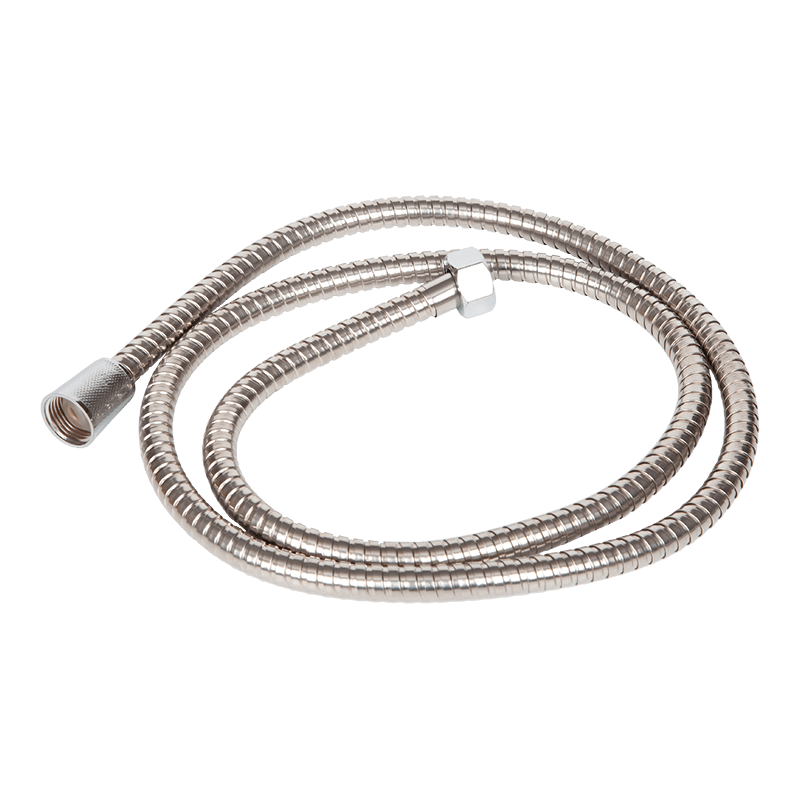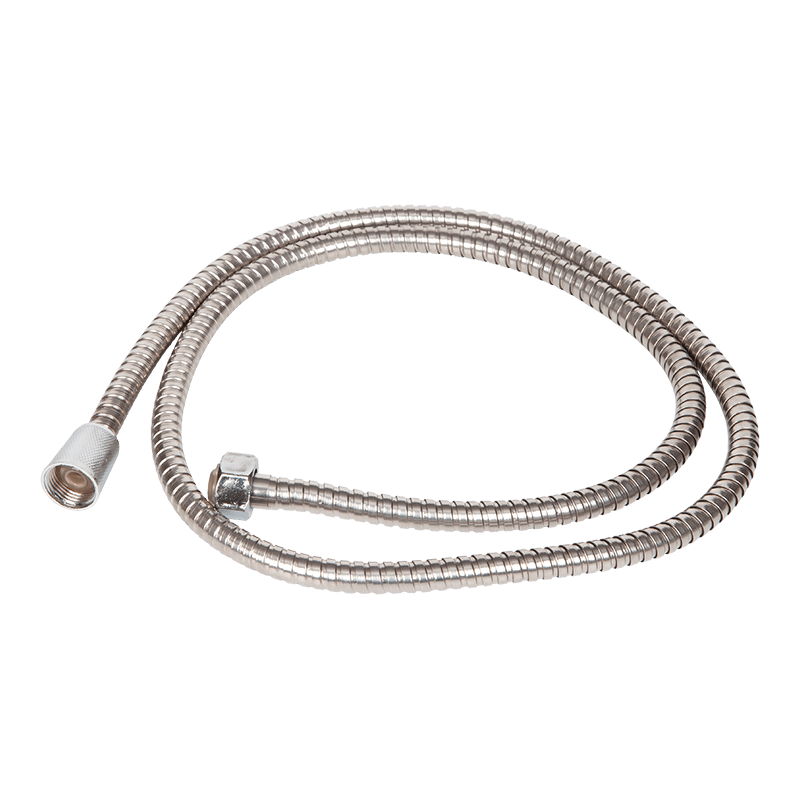The Design Principles of Corrugated pipes to Prevent Leaks
Corrugated pipes, a flexible connector commonly used in piping systems, are critical to preventing leaks due to sealing performance and structural design. First, corrugated pipes typically utilize a multi-layered structure, including an inner sealing layer, a reinforcement layer, and an outer protective layer. The inner sealing material is selected to suit the conveying medium, ensuring that leaks are not caused by corrosion or pressure fluctuations. Second, the corrugated pipes' corrugated shape allows for a certain degree of elastic deformation when subjected to pressure and temperature fluctuations, reducing stress concentration caused by thermal expansion and contraction or mechanical vibration, thereby preventing cracking or separation of the sealing surface. Connecting ends utilize matching flanges, clamps, or welding to ensure a tight and secure interface. Furthermore, the torque applied to the interface during installation and the choice of sealing ring also directly impact the risk of leakage. The overall design and material selection are centered around sealing integrity, ensuring the safety of the corrugated pipes during operation.
The Impact of Corrugated pipes Material Selection on Leak Prevention
The material used for corrugated pipes directly impacts its leak prevention capabilities. Common corrugated pipes materials include stainless steel, polytetrafluoroethylene (PTFE), rubber, and composite materials. Metal corrugated pipes, such as stainless steel, offer high mechanical strength and temperature resistance, making them suitable for high-pressure and high-temperature environments. They are also less susceptible to cracking or perforation, reducing the risk of leakage. Non-metallic materials, such as PTFE, are chemically stable and suitable for use in highly corrosive media, preventing erosion of the inner layer and the formation of micro-cracks. Rubber corrugated pipes offer greater flexibility, but require specialized formulations for use in high-temperature or chemical environments. Material selection should be based on a comprehensive consideration of the operating environment's temperature, pressure, and media characteristics to ensure long-term performance without material degradation or damage, maintaining stable sealing performance.
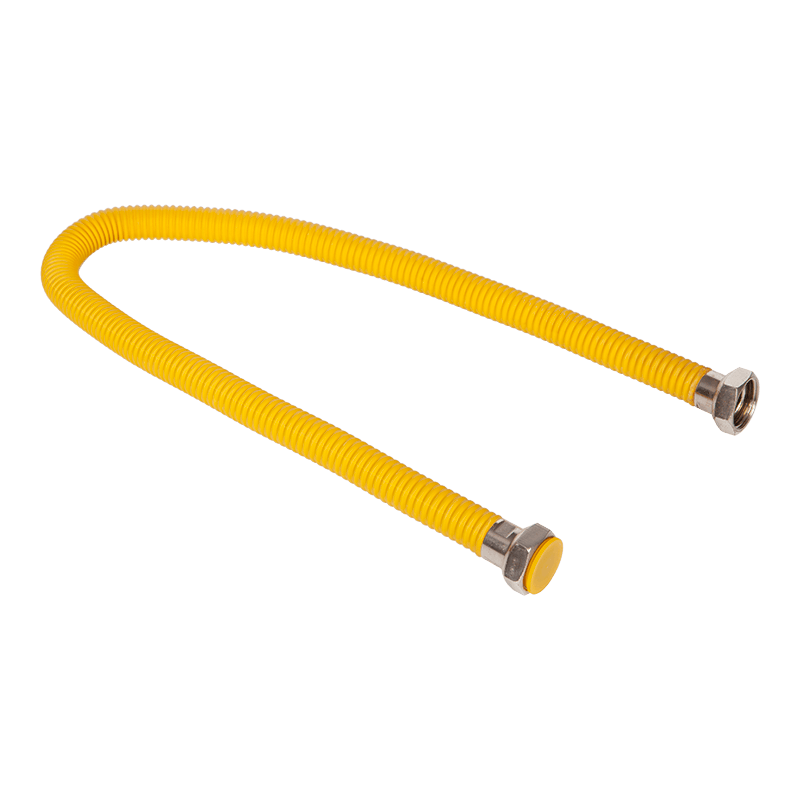
Corrosion Prevention Measures for Corrugated pipes
Corrosion prevention measures for corrugated pipes primarily address the material's corrosion resistance and external protection. The potential for corrosion from internal media on the corrugated pipes material is a key consideration during design. Corrosion-resistant materials or corrosion-resistant linings are typically used to mitigate the risk of damage. Metal corrugated pipes are commonly made of corrosion-resistant materials such as 304 and 316 stainless steel, which offer effective resistance to a wide range of chemical media. Non-metallic corrugated pipes utilize their inherent chemical resistance for corrosion resistance. Corrugated pipes are often coated with an anti-corrosion coating or enclosed in a protective sleeve to protect them from environmental damage, such as moisture, salt spray, and acidic or alkaline soils. Furthermore, environmental monitoring and regular maintenance complement anti-corrosion measures, promptly detecting and addressing early signs of corrosion and extending the service life of the corrugated pipes.
Corrugated pipes Connection Technology and Leak Prevention
The connection technology used for corrugated pipes directly impacts its sealing performance. Common connection methods include flanges, threads, and welds. Flanges, when combined with appropriate sealing gaskets, provide excellent sealing and facilitate disassembly and maintenance. Threaded connections are suitable for small-diameter pipes, but their sealing performance is significantly affected by the sealing material and tightening force. Welding is commonly used for metal corrugated pipes to create a monolithic structure and reduce leak points. The selection of sealing ring material, torque control during installation, and smoothness of the interface surfaces are key to ensuring leak-free connections. Using multiple sealing measures, such as double sealing rings or the addition of anti-leak rings, can further enhance interface sealing. Proper connection techniques are crucial for the safe operation of corrugated pipes systems.
The Importance of Corrugated pipes Inspection and Maintenance for Leak Prevention
Even with rigorous design and manufacturing, corrugated pipes can still develop leaks over long periods of use due to fatigue, corrosion, or mechanical damage. Therefore, regular inspection and maintenance are essential. Inspection methods include visual inspection, pressure testing, ultrasonic testing, and leak detection. These methods detect small cracks, corrosion spots, or seal failures before they escalate. Maintenance primarily involves cleaning, seal replacement, and additional corrosion protection measures. A sound maintenance plan not only reduces the risk of leaks but also extends the lifespan of the corrugated pipes, reducing repair and replacement costs. Maintenance personnel must possess professional knowledge and operational procedures to ensure accurate inspection results and proper maintenance measures.
Design Considerations for Corrugated pipes Leak and Corrosion Prevention in Different Operating Conditions
The design of corrugated pipes for leak and corrosion prevention varies depending on the operating conditions. For example, in high-temperature and high-pressure operating conditions, the corrugated pipes material must possess high-temperature strength and good thermal stability, and the seal structure must be designed to accommodate the stress changes caused by thermal expansion and contraction. Operating conditions involving corrosive media require corrugated pipes made of corrosion-resistant materials and linings, while also strengthening external protection. Corrugated pipes used in marine environments must consider salt spray corrosion and mechanical impact, often incorporating protective coatings and mechanical sheathing. Special environments, such as chemical plants and high-radiation areas, require specialized anti-corrosion and sealing solutions tailored to the specific media and environmental characteristics. Tailoring design parameters and material selection to specific operating conditions helps ensure the safety and reliability of corrugated pipes.
The Impact of Leakage and Corrosion Prevention Measures on Corrugated pipes Service Life
The effective implementation of leakage and corrosion prevention measures is directly related to the service life of corrugated pipes. Maintaining sealing performance prevents environmental and safety risks associated with media leakage, while good corrosion resistance reduces material degradation and damage, extending equipment uptime. The combined effect of these two measures ensures stable operation of corrugated pipes under complex operating conditions, reducing unplanned downtime and maintenance. By optimizing materials, design structure, and maintenance strategies, service life can be extended, ensuring the stability and cost-effectiveness of piping systems.
Comparison of Leakage and Corrosion Prevention Performance of Corrugated pipes
The following table compares the leakage and corrosion resistance performance of several common corrugated pipes materials, facilitating selection of the appropriate product to meet diverse operating requirements.
| Material | Leakage Resistance | Corrosion Resistance | Temperature Range (°C) | Typical Applications |
|---|---|---|---|---|
| Stainless Steel 304 | High | Good | -200 to 800 | General industry, water, gas |
| Stainless Steel 316 | High | Better than 304 | -200 to 850 | Chemical, marine environments |
| PTFE | Moderate | Excellent | -100 to 260 | Chemical, corrosive media |
| Rubber | Moderate | Moderate | -40 to 120 | HVAC, low-pressure fluid |
| Composite | High | Good to excellent | Depends on layers | Specialized industrial uses |
Future Development Trends in Corrugated pipes Leakage and Corrosion Prevention Technology
With the advancement of industrial technology, corrugated pipes leakage and corrosion prevention technology is also continuously improving. The application of new materials such as high-performance alloys, functional coatings, and intelligent monitoring technologies has enhanced the safety and efficiency of corrugated pipes. Research is underway on nanotechnology and self-healing materials, which are expected to enable the automatic detection and repair of microcracks in the future, further reducing the risk of leakage. Furthermore, digital monitoring and the Internet of Things will enhance real-time monitoring of corrugated pipes operating conditions, providing timely warnings of potential risks and improving maintenance efficiency. The integration of these technologies will promote the application of corrugated pipes in more complex and demanding operating conditions, meeting the safety and environmental requirements of modern industry.

 LANGUAGE
LANGUAGE  English
English русский
русский 中文简体
中文简体
